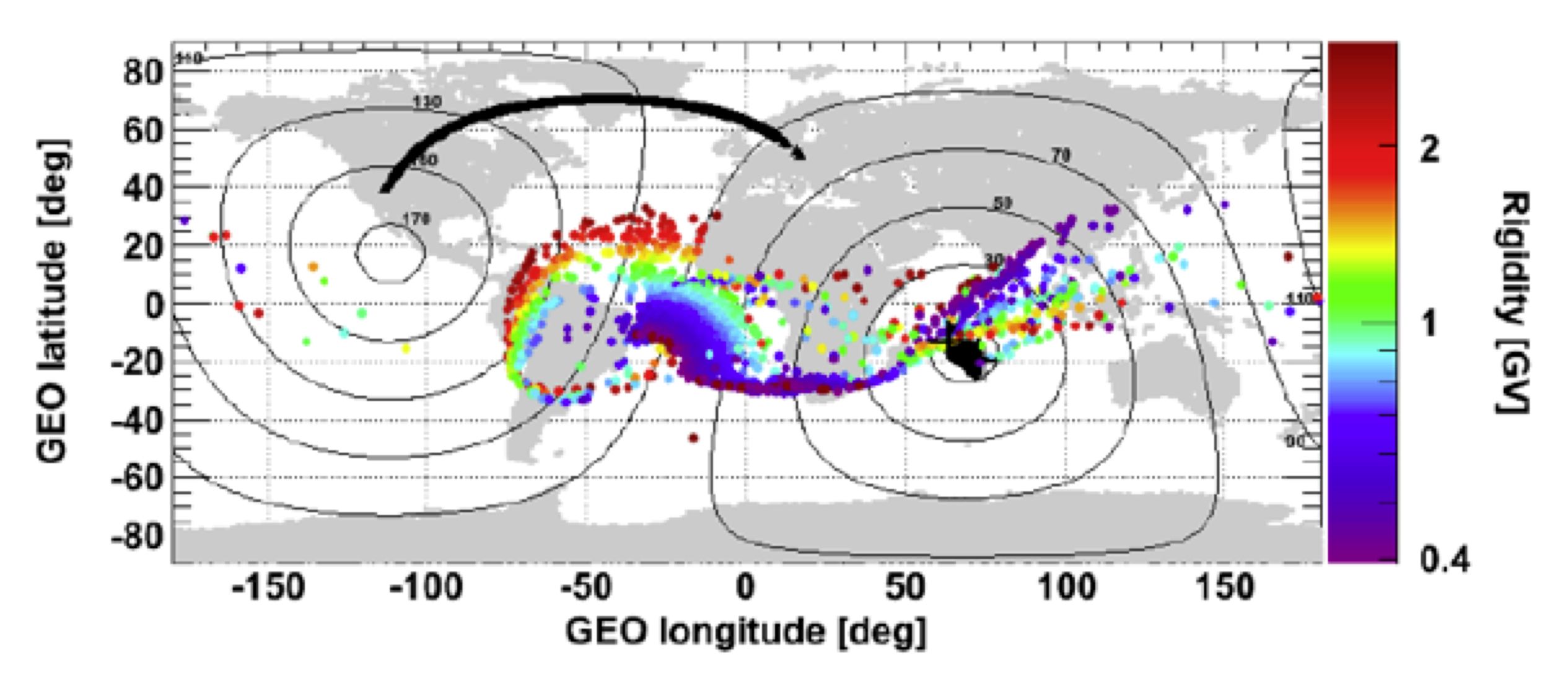Your Page Title
HPL Research
The Heliospheric Physics Laboratory develops instruments and models to investigate the origin and evolution of the solar wind, low-energy cosmic rays, and the interaction of the Sun's heliosphere with the local interstellar medium. The Laboratory designs and implements unique multimission and multidisciplinary data services to advance NASA's solar-terrestrial program and our understanding of the Sun-Earth system.
Strategic Priorities
- Solar wind acceleration and heating
- Wave-particle interaction and turbulence in the solar wind
- Solar energetic particle acceleration and diffusion
- Coronal Mass Ejection propagation and evolution
- Interplanetary shock and discontinuity physics
- Global MHD heliospheric models
- The interaction of the heliosphere with the interstellar medium
- Miniaturization of energetic particle instruments for CubeSat missions
- Develop new mission concepts for heliospheric applications.
Development Areas
- Energetic particle instrumentation
- Neutron and Gamma ray instrumentation
- CubeSat missions
- Global heliospheric modeling
- Data systems
Current Flight Missions
- ACE
- Wind
- STEREO
- IBEX
- Voyagers
- Cluster
Flight Missions in Development
- SPP
- DSCOVR
- CeREs (CubeSat)
Core Activities
- R&A
- Modeling efforts
- SPDF
- Virtual Observatories (VHO, VMO, VEPO, VITMO)
- SPP EPI-Hi instrument
- CeREs
- CubeSat proposals
The IBEX Ribbon
The Interstellar Boundary Explorer (IBEX), launched in October 2008, was designed to measure Energetic Neutral Atoms (ENAs) from the edge of the solar system in the energy range of 10 eV to 6 keV. A full sky map is obtained every 6-month of operations. The most striking result has been the observation of a “ribbon” structure at three times the background intensities. The source of this ENA ribbon is still a puzzle. At least eleven different theories have been put forward to explain it. Five place the source region between the solar wind termination shock and the heliopasuse, two right at the helipause, four in the region where the interstellar plasma is modified by the heliosphere, and one from the undisturbed distant interstellar medium.

|
The Composition of Solar Energetic Particles

|
